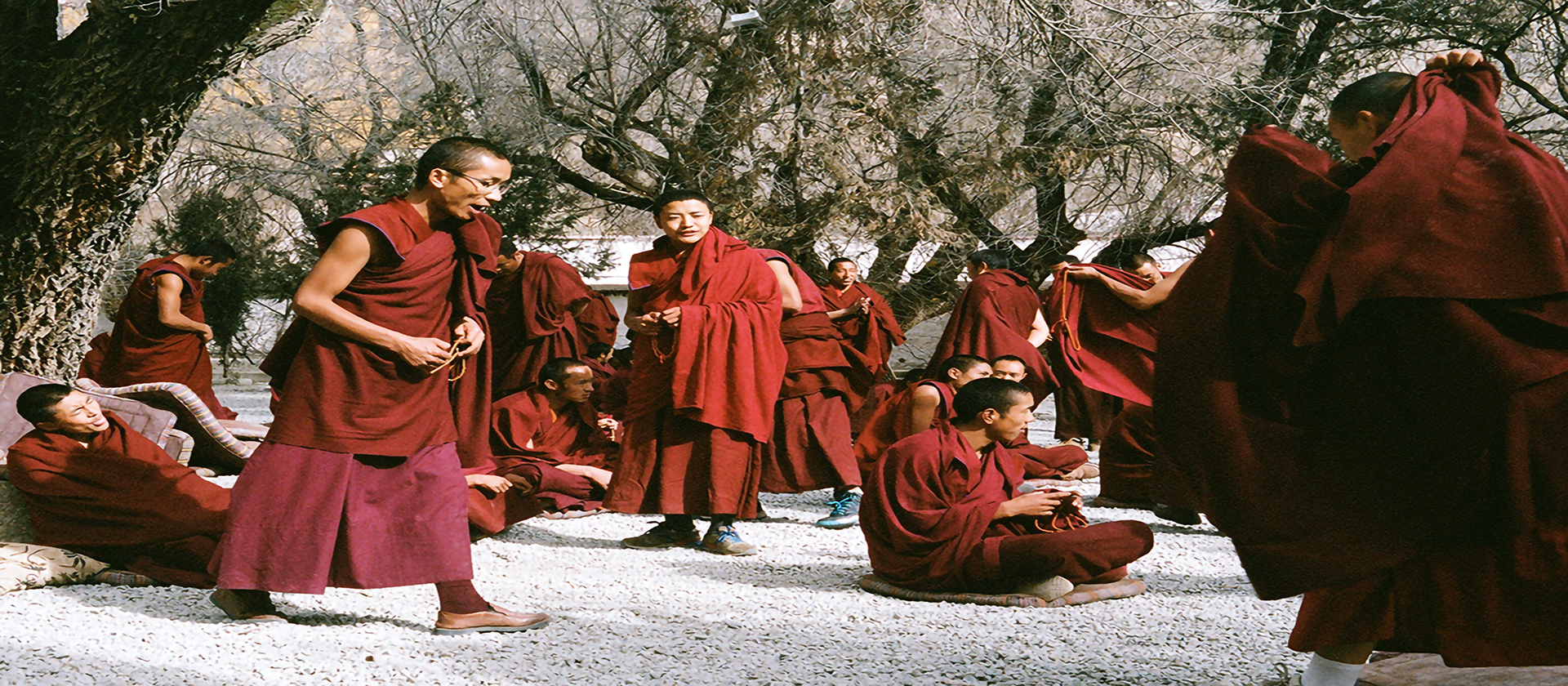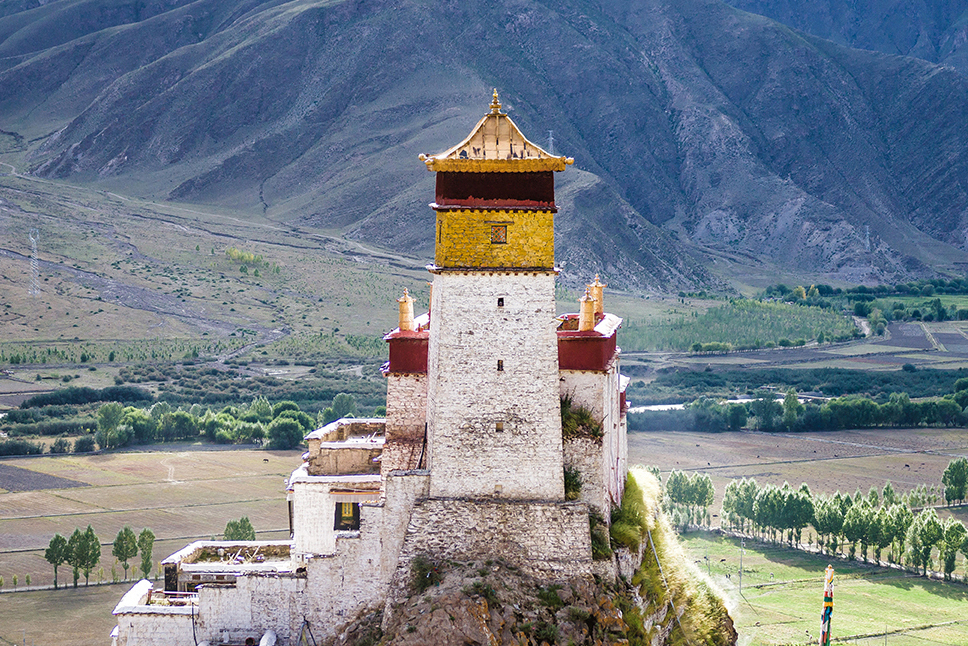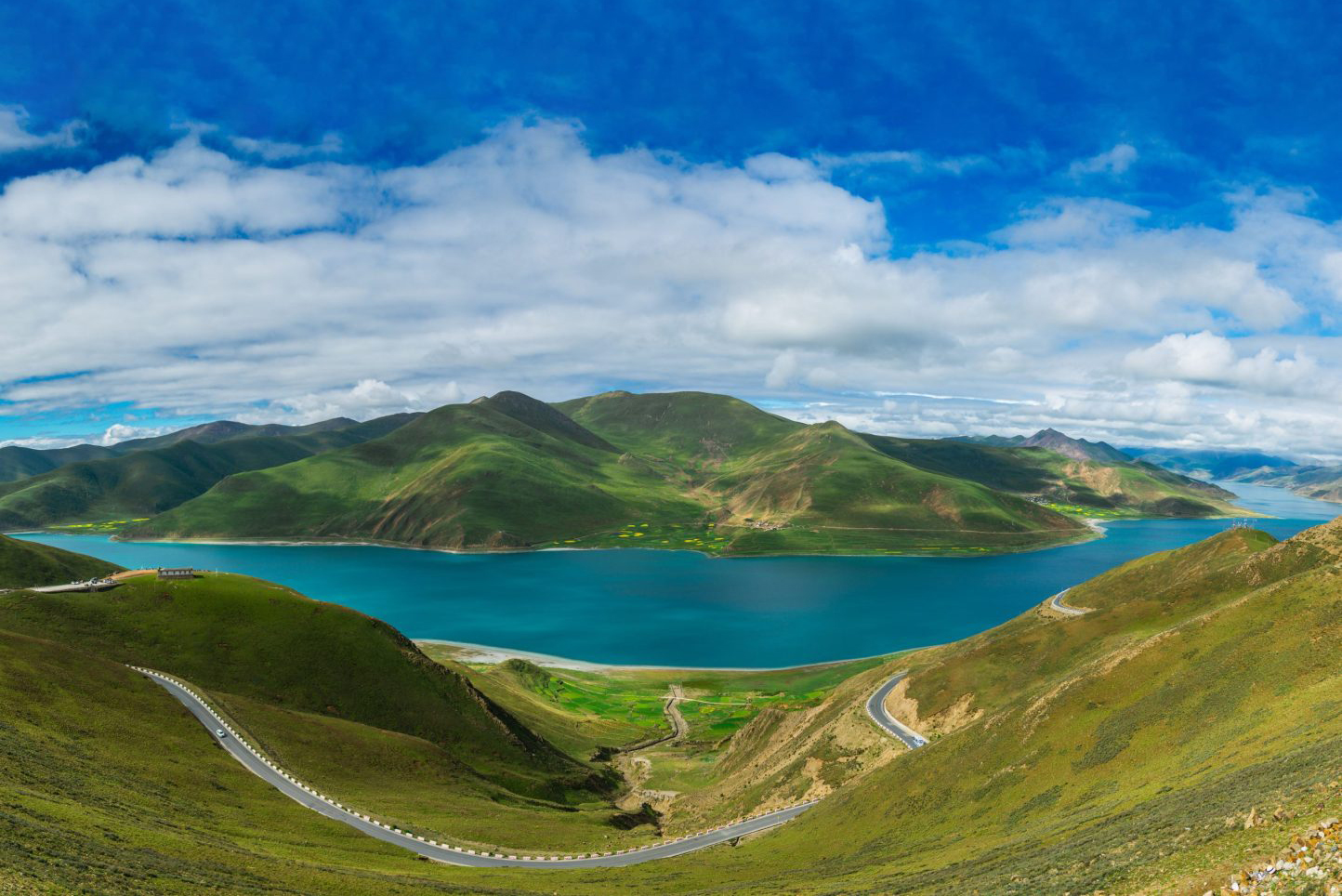
“A PEEP INTO LHASA”
- Home /
- Tibet /
- Tibet Cultural Excursions /
- “A PEEP INTO LHASA”
INTRODUCTION
TIBET- a sacred land of myths and mysteries was opened to tourism in 1985. Before this, it avoided influence from the west and this country developed its unique culture and religion independently. Since the spiritual leaders governed Tibet, monasteries and religious institutions were the backbone of power so the importance and prestige were shown by the size and magnificent architecture of these buildings. Tibetan Buddhism contains many elements of their older religion,” Bon Po” which worshipped the sky, moon, sun, fire, soil and even evil spirits and this is why a monastery such as Tashilhumpo contains thousands of unique statues, paintings (thangka), religious and historical books that to visit it in detail would take weeks. Pilgrims till today often travel long distances to have their wishes fulfilled and crowd the monasteries which shows that religion still holds a very important place in their daily lives. Tibet – The most formidable Himalayan range in a fascinating world of timeless splendor, unique tradition and breathtaking
scenery awaits all travelers to "the Roof of the World".
Itinerary In Detail
-
1: Arrival in Lhasa (3,660m / 12,004ft)
Upon arrival in Gonggar Airport in Tibet, meet assist and start drive to Lhasa City which is about an hour. It is
advisable to rest and take an easy for the remaining of the day, due to Lhasa’s altitude.
Overnight at hotel. -
2: Sightseeing tour of Potala Palace, Jokhang Temple and Barkhor Bazaar.
Am: Potala Palace.
This morning we will visit the Potala Palace, which dominates the city of Lhasa. A spectacular building, it contains the private quarters of the Dalai Lama as well as numerous grand staterooms and many important chapels. There has been a palace on this site since the 5th or 6th century, but the present palace was constructed in the 17th century. A visit to the Drepung Monastery this afternoon will complete a truly awe- inspiring day. Founded in the
14th century, this monastery was once the largest in the world with a population of around 10,000 monks. These days that figure is down to several hundred, but there is still much here of interest as it was left relatively unscathed during the Cultural Revolution.Jokhang Temple: Situated in the heart of old Lhasa houses Tibet’s most precious religious relic, a golden Sakyamuni Buddha that was brought as a gift by the Chinese princess Wen Cheng on her wedding to the Tibetan King, Songtsen Gampo. Devout pilgrims prostrate themselves at the entrance of the temple and make the inner holy circuit to offer yak butter to the gods and pay homage to the golden statue of Sakyamuni. Surrounding the Jokhang Temple is the busy bustling Barkhor Bazaar. A marketplace, which is the religious and social focus of Lhasa. This is the Spiritual Center of Tibet and is also the heart of Lhasa.
Barkhor Bazaar:
Barkhor, a circular street at the center of Old Lhasa, is the oldest street in a very traditional city in Tibet. It is a place where Tibetan culture, economy, religion and arts assemble and a place to which a visit must be paid.It has been said that in the seventh century Songtsen Gampo, the first Tibetan King (617 – 650) who unified Tibet, married Chinese Princess Wencheng and Nepal princess Tritsun. Later Princess Tritsun built Jokhang Temple to
accommodate the twelve-year-old Jowo Sakyamuni, brought to Tibet by Princess Wencheng. Barkhor is the road, where pilgrims tramped out around Jokhang Temple through centuries. Buddhist pilgrims walk or progress by body-lengths along the street clockwise every day into deep night. Most of Lhasa floating population is comprised of these pilgrims. The pilgrims walk outside four columns on which colorful scripture streamers are hung, a custom, which began in the Tubo period (633-877) as a way to show respect.
Overnight at hotel. -
3: Sightseeing tour of Sera Monastery & Norbulingkha.
Am: Visit the SERA Monastery: 5 Km (3 miles) north of Lhasa. Sera’s setting is one of the prettiest Once a community of more than 5,000 monks, it was virtually extinguished by the Chinese invasion. The restored monastery sits below the brow of the hill on which Tsongkhapa built a hermitage and spent several years in meditation. One of the monk's disciples started building the Sera in 1419 AD”. 2 nd floor was Chinese and the 3 rd
floor Indian.
PM: Visit The Norbulingkha: The ‘Jewel Park’ as it is known in Tibetan, was built in the 18th century and served as the Summer Palace of the Dalai Lamas. This colorful garden landscape was the site of picnic and public gatherings. The place is richly decorated, creating an atmosphere of peaceful repose.
Dinner and overnight at hotel in Lhasa. -
4: Final Departure from Lasha
Free until final departure to Lhasa Gongaar Airport
4 Days From

Any Question?
Feel free to call our travel experts.
+977 9851189018, +977 9801089018
info@asiaticroads.com
4 Days From

Any Question?
Feel free to call our travel experts.
+977 9851189018, +977 9801089018
info@asiaticroads.com
4 Days From

Any Question?
Feel free to call our travel experts.
+977 9851189018, +977 9801089018
info@asiaticroads.com
Reviews
In my 2 week stay, John was very professional and took me around to experience all that Kathmandu and surrounding areas has to offer. Sites were seen and many locals were met through John’s network.

Steven Stone
TravellerIn my 2 week stay, John was very professional and took me around to experience all that Kathmandu and surrounding areas has to offer. Sites were seen and many locals were met through John’s network.

Steven Stone
Traveller4 Days From






